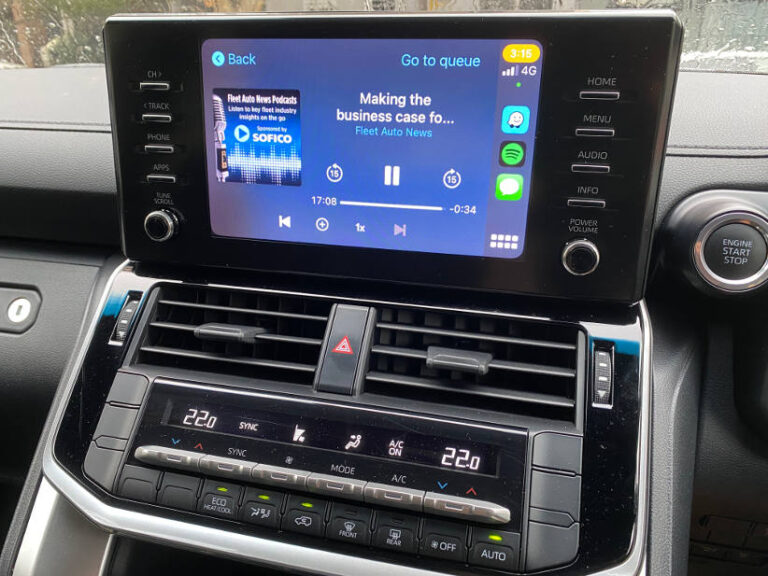– By Caroline Falls –
Bree Allen, Business Development Manager at Summit Fleet and Leasing, reckons you can make the business case now to have an electric car versus a traditional ICE vehicle.
Allen spoke to Fleet Auto News for our podcast series linked here. She considered the total cost of ownership for going electric.
“I think you can make the analysis and make the case to purchase an electric vehicle now,” said Allen. “This is due to the lower running costs, less moving parts in your EVs. So the gap really does open up for electric vehicles becoming more cost efficient if they’re driven further and longer than your ICE equivalents.”
Allen talks in the podcast about Summit making comparisons on whole-of-life costs for ICE and like EVs on fully maintained operating leases, which include funding, registrations, repairs and maintenance, tyres, and insurance. Summit, a unit of Japan’s Sumitomo Mitsui Auto Service Company, is a fleet management organisation, specialising in leasing.
“Electric vehicles become more affordable than your ICE equivalents and utilise the state-based incentives that are in place at the moment,” said Allen. “You can definitely make a case now for specific vehicles moving into your fleets that are more sustainable.”
To be sure, “More and more people are enthusiastic about electric vehicles,” said Allen. “There’s a few factors driving change. Climate change awareness has to be a major driver. People in companies are concerned about the environment. A lot of companies also nowadays have emission targets built within their future business plans. The local government incentives are also assisting to drive that change. Plus technology advances including batteries, as well as the long-term plans for manufacturers. We’re not really going to be able to purchase ICE vehicles in decades to come. So I’m finding more and more companies are dipping their toes into what the future of fleet will look like.”
Allen said there are presently about 30 fully electric vehicle models here in Australia. “There’s also about 65 variants,” said Allen, adding, “That consists of plug-in hybrid vehicles or battery electric vehicles.” Allen rattled off some of the top brands in the local market: the Hyundai Kona, the Hyundai Ioniq, the Kia Nero, the Nissan Leaf and the Tesla lineup. “There’s also a number of luxury brands such as BMW, Mercedes, Lexus, Audi, and Porsche just to name a few.”
Allen said models most in demand by fleets in Australia included the more compact, more cost effective models like the Nissan Leaf and Hyundai’s Ioniq and Kona.
To be sure, the range available in Australia is a fraction of the estimated 400 models available worldwide.
“At the end of the day, we’re just really just a drop in the ocean here compared to the rest of the world,” said Allen. “Electric vehicles sell really well in Europe, as well as the UK, the US and China. Even our friends across the Tasman in New Zealand. Have got a market share of around about 9 percent of EVs, compared to last year in Australia (where EVs) represent a market share of just 1.95 percent.
“Whilst that has improved, year on year, what we’re really finding is that these countries that have the normal range of electric vehicle models, they’re the ones that have set emission standards for new models entering the country, which manufacturers need to meet to enable their models to be sold. Their governments also have put in the incentives to help incentivise buyers to purchase electric vehicles, to make electric vehicles more affordable. This certainly helps increase the types of models entering those marketplaces. And simply due to the high demand in these countries as well, manufacturers are going to be sending them their way rather than shooting them to our shores.”
— Caroline Falls has been contributing to Fleet Auto News since 2015. She is a freelance writer and can be contacted at carolinefalls@gmail.com






